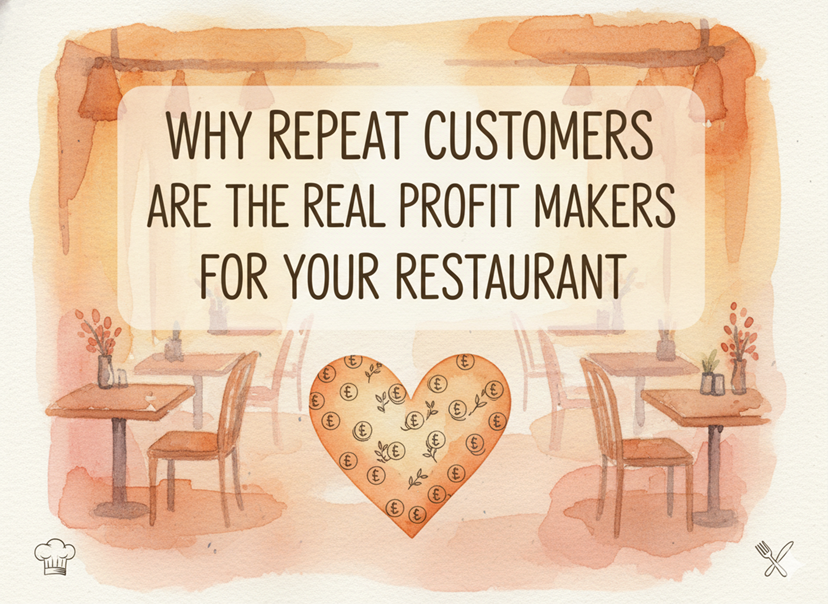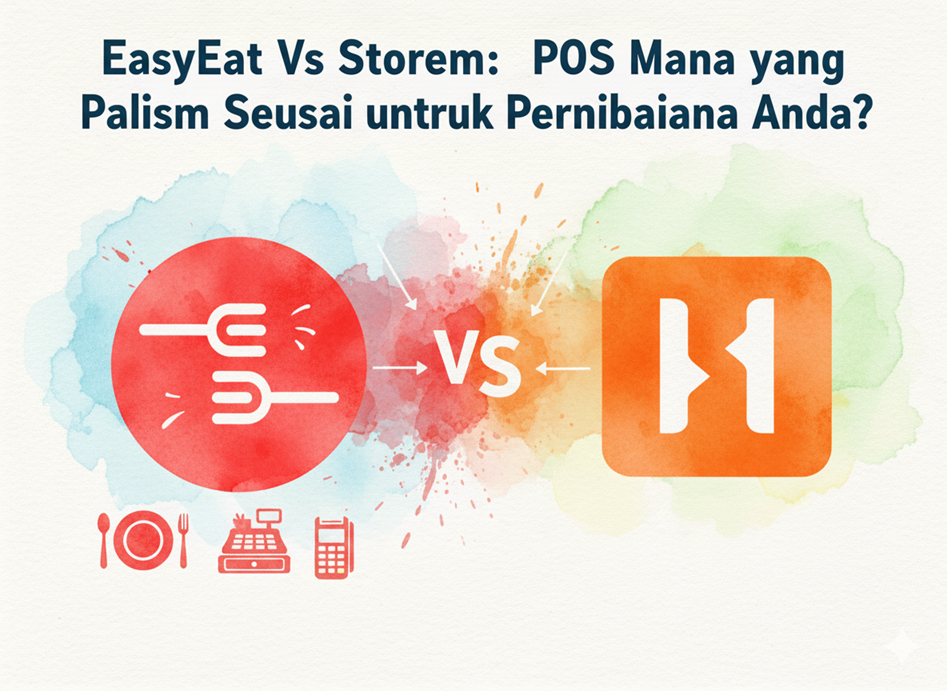Are you venturing into the culinary world with a new restaurant or seeking to enhance your current kitchen setup? Selecting the appropriate restaurant kitchen equipment is paramount for the prosperity of your establishment. Amidst the sea of options available in the market, making well-informed choices becomes pivotal. This article serves as your guide, delving into crucial considerations when procuring restaurant kitchen equipment, ensuring you embark on a path to culinary success.
Assess Your Needs
To commence, introspect on your precise requirements and make a commercial kitchen equipment list. Deliberate on the nature of your restaurant and the gastronomic offerings it boasts. Remember, diverse cuisines often necessitate distinct equipment. Furthermore, ascertain the volume of clientele you anticipate serving. This evaluation aids in determining the requisite size and capacity of the equipment. Additionally, take cognizance of any spatial constraints within your kitchen. Precise measurements guarantee seamless integration of the equipment within your culinary domain.
Quality and Durability
Investing in superior quality equipment from reputable brands is non-negotiable. Such investments promise longevity, minimal maintenance requirements, and optimal performance. Prioritize equipment crafted from robust materials capable of withstanding the rigors of a commercial kitchen environment. Peruse customer reviews and solicit recommendations from fellow restaurateurs to gauge the durability and reliability of various brands.
Energy Efficiency
Sustainability is the zeitgeist of the modern era, extending its reach even into the culinary realm. Therefore, contemplate the energy efficiency of your prospective equipment. Opting for energy-efficient appliances not only curtails operational expenses but also underscores your commitment to environmental stewardship. Seek out equipment adorned with Energy Star certification, ensuring reduced energy consumption sans compromises on functionality. Features like insulation, timers, and programmable settings further facilitate judicious energy utilization.
Safety Features
The safety and well-being of your patrons and staff constitute paramount concerns. Hence, prioritize equipment equipped with comprehensive safety features. Automatic shut-off mechanisms, fire suppression systems, and temperature controls are indispensable in mitigating potential hazards. Furthermore, verify compliance with pertinent safety standards and regulations. Tailor your safety protocols to align with the specific exigencies of your culinary niche, such as robust ventilation systems for kitchens generating copious amounts of smoke or fumes.
Ease of Use and Maintenance
Navigating the culinary landscape necessitates equipment that is intuitive and user-friendly. Opt for apparatuses that streamline operational workflows, expediting staff training endeavors. Additionally, consider the ease of maintenance and cleaning protocols. Equipment amenable to disassembly and cleaning promotes adherence to stringent hygiene standards. Ascertain the availability of spare parts and proximity to authorized service centers, are crucial facets in facilitating reasonable repairs and maintenance procedures.
Cost and Budget
Financial prudence underscores every business endeavor, and acquiring restaurant kitchen equipment is no exception. Deliberate upon your budgetary allocations and adhere to them scrupulously. While the initial outlay is pivotal, accounts for ancillary expenses like maintenance, repairs, and energy consumption. Conduct thorough price comparisons across diverse suppliers and brands, albeit without compromising on quality or reliability. Leasing arrangements offer a viable alternative for businesses with budgetary constraints, ensuring access to premium equipment while managing cash flow judiciously.
FAQs
- How can restaurant owners determine the best equipment for their specific culinary needs beyond the general considerations outlined in the article, such as specialized equipment for unique cuisines or cooking techniques?
Restaurant owners can determine the best equipment for their specific culinary needs by conducting thorough research and consulting with industry experts. Beyond the general considerations outlined in the article, such as assessing volume and space constraints, they should consider the unique requirements of their cuisine or cooking techniques. This may involve researching specialized equipment tailored to their menu offerings or seeking advice from chefs with expertise in their particular culinary niche.
- Are there any regulatory or industry-specific standards that restaurant owners should consider when evaluating safety features for kitchen equipment, particularly for establishments with specific safety requirements such as those handling large volumes of smoke or fumes?
When evaluating safety features for kitchen equipment, restaurant owners should consider regulatory standards and industry-specific guidelines that apply to their establishment. This is especially important for businesses with specific safety requirements, such as those handling large volumes of smoke or fumes. Consulting with relevant regulatory agencies or industry associations can provide valuable insights into the specific safety features and certifications needed to ensure compliance and protect the well-being of patrons and staff.
- What strategies or resources can restaurant owners utilize to ensure ongoing maintenance and upkeep of their kitchen equipment, especially regarding accessing spare parts and service centers, beyond the initial purchase and installation phase?
To ensure ongoing maintenance and upkeep of kitchen equipment beyond the initial purchase and installation phase, restaurant owners can utilize various strategies and resources. This may include establishing maintenance schedules and protocols to address routine cleaning and inspections, as well as identifying authorized service centers or technicians for repairs and maintenance. Additionally, maintaining a supply of spare parts and consumables, such as filters or gaskets, can help expedite repairs and minimize downtime. Leveraging vendor or manufacturer support programs and training staff on proper equipment care and troubleshooting techniques can also contribute to effective maintenance practices.
Procuring the optimal restaurant kitchen equipment demands meticulous deliberation across multifarious parameters. By meticulously assessing your requirements, prioritizing quality and durability, emphasizing energy efficiency and safety, factoring in ease of use and maintenance, and adhering to budgetary constraints, you pave the path toward culinary excellence. Remain abreast of industry trends and technological advancements to retain your competitive edge. Remember, the right equipment catalyzes efficiency and success within your culinary domain. Happy cooking!



